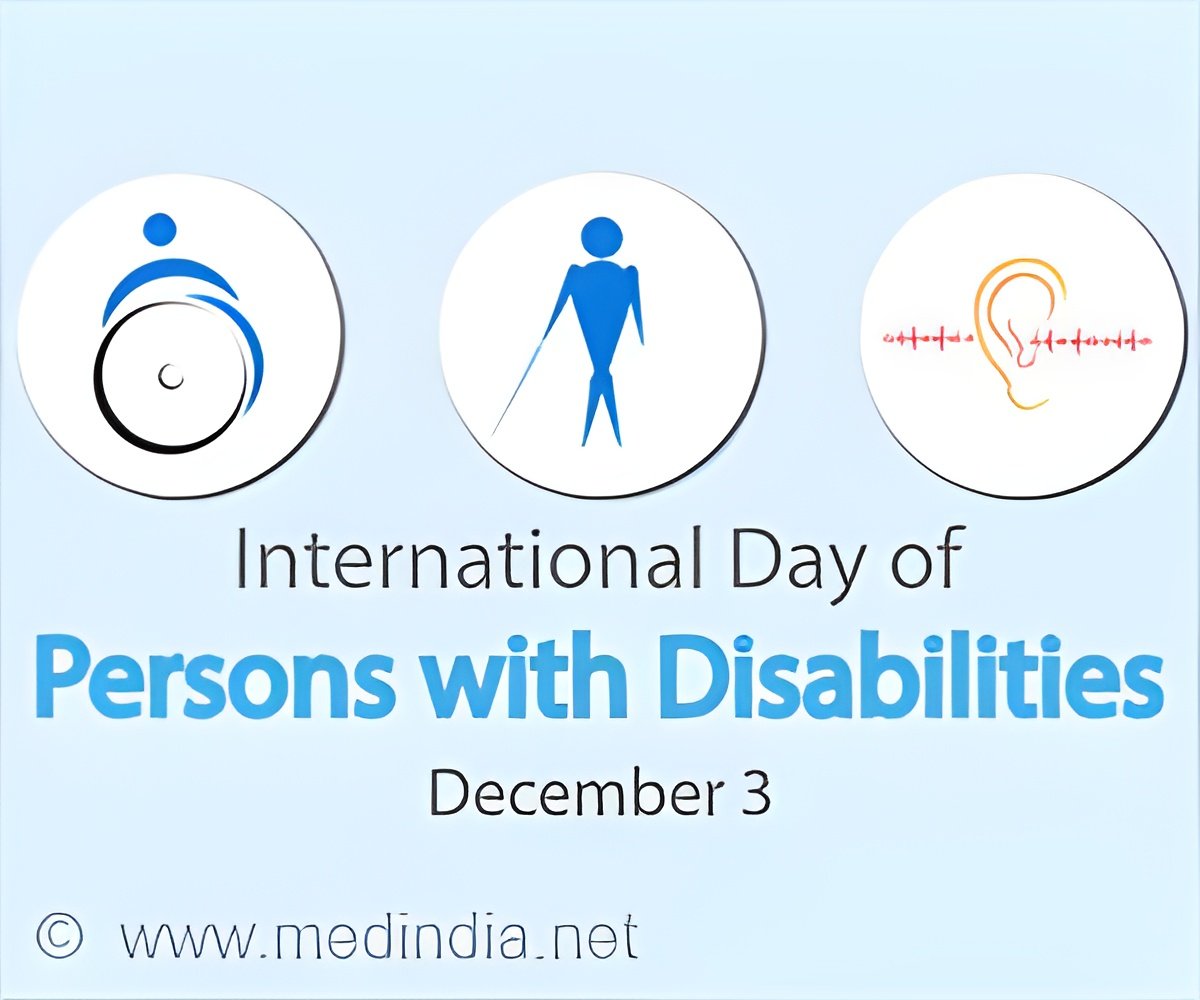They also collected samples from symptomatic, asymptomatic, and post-symptomatic individuals – those who had recovered from illness – to better understand testing efficiency in these populations.
When they compared the different sample types, the researchers found that nasopharyngeal samples provided the best rate of detection, from 92 to 100%. This is likely because the virus replicates in the nasal turbinate, the tissue structures in the uppermost portion of the nose.
Advertisement
Detection rates from anterior nares and saliva specimens were slightly lower, at 92 to 96% for symptomatic patients. This detection rate was lower when the samples came from asymptomatic patients (75% to 92%). SARS-CoV-2 detection of sublingual specimens was much poorer, with detection rates of only 40 to 60% from symptomatic patient specimens and 25% to 42% from asymptomatic patient specimens.
Detection rates in symptomatic, asymptomatic, and post-symptomatic patients were fairly intuitive, with detection being most robust in symptomatic patients, ranging from 92 to 100%, depending on the test used. For all tests, the virus was slightly harder to detect in asymptomatic patients, at a rate of 75 to 96%. Once symptoms were resolved in post-symptomatic patients, the detection was much more difficult.
Nostril Swab Is The Right Specimen Choice For COVID-19
The team also investigated infectivity – the level of infectious viral particles excreted in each of the sample types and from the different patient categories.
As predicted, the most infectious samples came from symptomatic patients, while fewer than one-third of specimens collected from asymptomatic patients were infectious. The scientists were unable to isolate any infectious virus from post-symptomatic patient samples.
The data is aligned with current CDC guidelines and their decision to decrease patient isolation periods from an initial 14-day period to 10 and ultimately to five. This new data gives health practitioners some practical guidance.
This study also serves as the foundation for the Cornell COVID-19 surveillance program testing labs and confirmed the use of anterior nares specimens as the specimen of choice, given their reasonable sensitivity and ease of collection.
Source: Medindia



